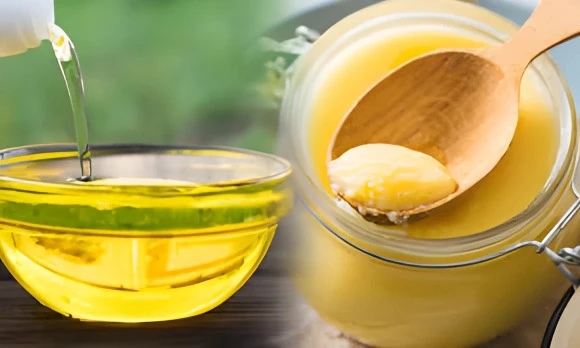Mumbai: The ghee versus oil debate continues to simmer in Indian kitchens, with both ingredients offering distinct advantages depending on the dish and cooking style. Ghee, a traditional clarified butter, is known for its rich aroma, healthy fats, and high smoke point, making it perfect for sautéing, roasting, and tempering spices in Indian meals.
Often added to dals, rice, or parathas, ghee also holds a special place in Ayurveda for aiding digestion and overall wellness. On the other hand, oils such as mustard, sesame, coconut, and groundnut bring their regional flavours and lighter textures, making them suitable for everyday stir-fries, vegetables, and salad dressings.
Mustard oil adds heat to North Indian cuisine, sesame oil blends into South Indian dishes, and coconut oil enriches coastal recipes. Experts recommend using ghee for rich, traditional preparations and oil for lighter, everyday meals.
They say the key lies in balance—combining the depth of ghee with the versatility of oils to create healthy and flavorful food. Choosing cold-pressed or filtered oils further enhances nutritional value without unnecessary processing.








